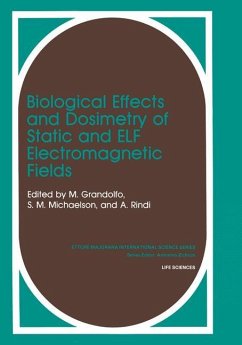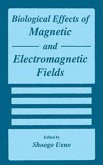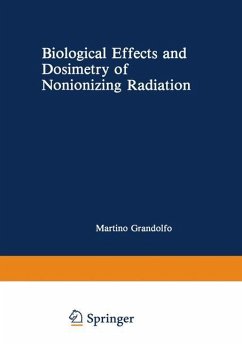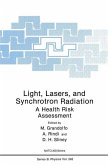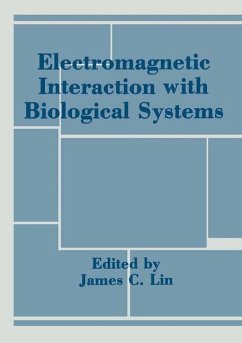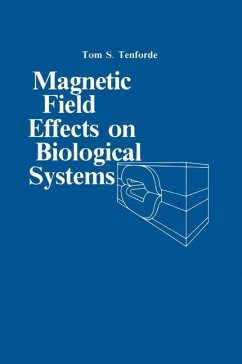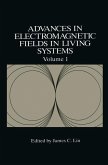The North Atlantic Treaty Organization (NATO) has sponsored research supporting development of personnel safety standards for exposure to Radio Frequency Radiation (RFR) for over a quarter century. NATO previously recognized that one of the most important tools used in the RFR effects research laboratory is accurate dosimetry when it supported a NATO Advanced Studies Institute (ASI) on Advances in Biological Effects and Dosimetry of Low Energy Electromagnetic Fields held in 1981, in Erice, Sicily. That meeting resulted in a NATO ASI publication; Biological Effects and Dosimetry of l Non-ionizing Radiation: Radiofrequency and Microwave Energies . The most recent NATO sponsored program on RFR was an Advanced Research Workshop (ARW) on "Developing a New Standardization Agreement (STANAG) for Radio frequency Radiation" held May 1993, at the Pratica di Mare Italian Air Force Base, Pomezia (Rome) Italy. That ARW produced an ASI proceedings, published in 1995: Radio frequency Radiation Standards, Biological Effects, Dosimetry, Epidemiology, and Public Health Policy2. The Rome ARW and the Proceedings served as a springboard to the much needed revision of the NATO Standardization Agreement (STANAG) 2345 MED "Evaluation and Control of Personnel Exposure to Radio Frequency Fields - 3 kHz to 300 GHz,,3, which was subsequently promulgated in October 1998. One of the published recommendations developed by the Rome ARW was to hold this second ARW focusing on dosimetry and measurements.


